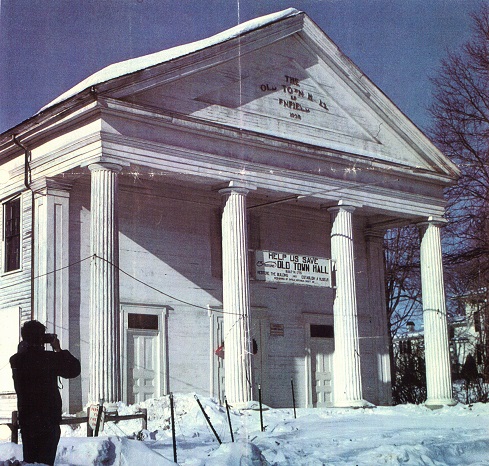

Ancient Glacial Ice Created
Lake Hitchcock
Recorded history of Enfield begins with the arrival of the first Europeans. But evidence of Enfield’s prehistoric times can be “read” by those trained in the necessary sciences. Dinosaurs roamed the area two hundred million years ago, leaving tracks that are occasionally found when they weather out of the sandstone cliffs along the Connecticut River.
Much more recently – “only” twenty thousand years ago – Enfield was buried under the thousands of feet of ice of the Wisconsinan Ice Sheet. The ice gradually melted, forming glacial Lake Hitchcock about 12,900 years ago. Evidence of that 150 mile long lake, which stretched from Rocky Hill, Connecticut to Lyme, New Hampshire is occasionally uncovered in the eastern reaches of Enfield in the form of varved clays.
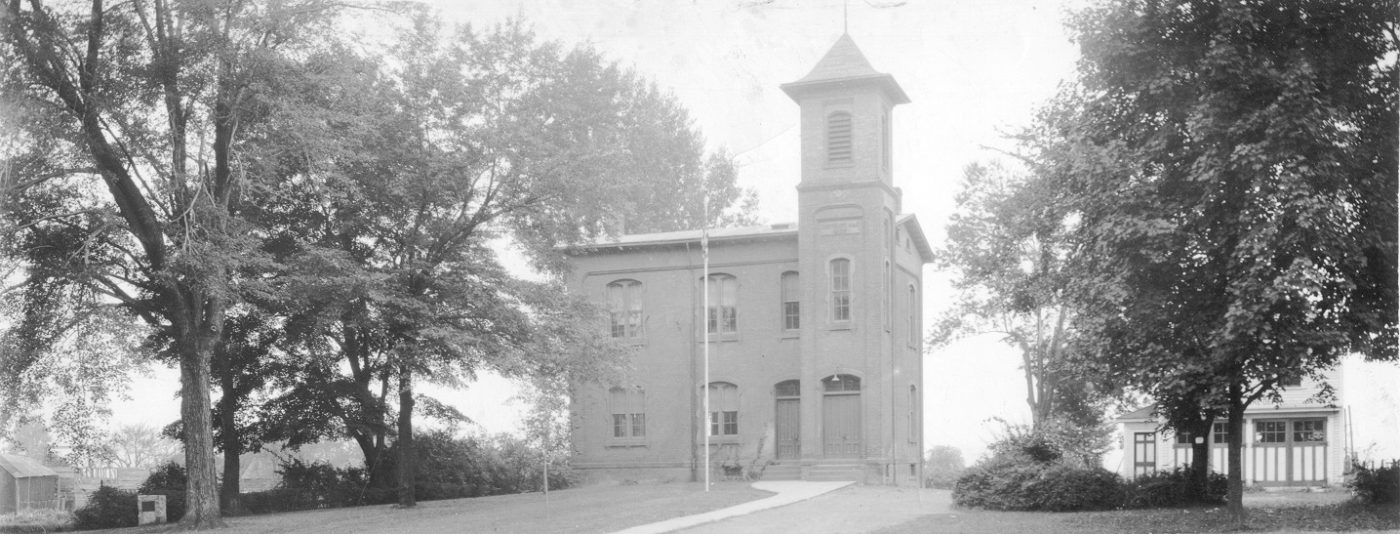
First Recorded Contact
We don’t know when humans first inhabited Enfield. Perhaps people camped along the shore of Lake Hitchcock before the debris dam that formed it burst and drained the Connecticut Valley. No evidence as been found.
Large numbers of arrowheads and similar artifacts from more recent times, ranging from a few hundred to a few thousand years in age, have been found in the plowed fields of Enfield, and along the banks of the Scantic and Connecticut rivers.
The remains of a village were excavated near the Scantic River in Powder Hollow. But none of those artifacts answers the question.
The first recorded contact between Europeans and Native Americans in Connecticut occurred when Dutch explorer Adriaen Block sailed up the Connecticut River in 1614. Block may have made it as far as the rapids at Enfield. In less than a century after that first meeting, the Native American population was decimated and displaced from what had become Enfield.
In 1674, the General Court of Massachusetts granted land stretching as far south as Asnuntuck Brook to the Town of Springfield. That year, Springfield’s John Pynchon built the first European structure in what would soon be Enfield, a saw mill on the Brook. The saw mill was destroyed one year later during King Philip’s War.

The First Settlers Arrive
Enfield’s first settlers, John Pease, Jr. and Robert Pease, arrived in 1679 from Salem, Massachusetts, and spent their first winter camping in a shelter dug into the side of a hill. The next Spring, they were joined by their families and other settlers from Salem; by the end of that year (1680) about 25 families had settled in the area. In 1683, the Town of Enfield was incorporated.
At this time, the town extended east ten miles from the Connecticut River and south six miles from Longmeadow Brook. Five years later, on March 16, 1688, the townspeople purchased Enfield from a Podunk Indian named Notatuck for 25 pounds Sterling. It is unclear what claim Notatuck actually had to the land, or whether he was selling the land or the rights to use it.
Seceding from Massachusetts and
Becoming a Connecticut Colony
Enfield’s population was growing. Little villages with names like Wallop and Scitico were settled within Enfield’s 60 square miles during the first decades of the 1700s. In 1734 the eastern-most village was incorporated as the Town of Somers.
As a result of an error in the survey done in 1642 by Woodward & Saffery, Enfield was settled as part of Massachusetts Colony. A 1695 survey corrected the error, showing that Enfield, as well as Suffield and Somers, was within Connecticut Colony’s borders. Apparently unhappy with the Massachusetts government, the citizens of Enfield first discussed separating from Massachusetts at a 1704 Enfield town meeting. Perhaps they weren’t really that unhappy, because it wasn’t until 1747 that Enfield began to officially pursue becoming part of Connecticut. Legal action was taken in both the Massachusetts and Connecticut Legislatures and in court in London, England. In 1750 Enfield seceded from Massachusetts and became part of Connecticut Colony.

Mid-1700’s Religious Revival
The Great Awakening
Enfield attracted the attention of important religious leaders. In the mid-1700s a major religious revival known as the “Great Awakening” took place. One of the leaders of that movement was Jonathan Edwards of Northampton, Massachusetts.
On July 8, 1741 he preached one of the most intense “fire and brimstone” sermons of all times–”Sinners in the Hands of an Angry God“–at Enfield’s second meeting house. That building no longer exits, but its location is marked by an engraved stone on Route 5 (Enfield Street), just a few feet south of the intersection with Post Office Road.

The Drums of War
Enfield Volunteers March for Boston
Enfield’s third meeting house (church) was dedicated January 1, 1775 and was soon to be the site of one of Enfield’s most historic events. Tradition has it that on Thursday, April 20, 1775 Reverend Elam Potter’s regular Thursday sermon was interrupted by Private (later Captain) Thomas Abbey pounding on his drum as he marched around the meeting house. War had broken out in Boston! Seventy four volunteers led by Major Nathaniel Terry marched for Boston the next day.
The Founding of
The Enfield Shakers
In 1781 Mother Ann Lee, leader of the new religious group called the Shaking Quakers by their detractors, arrived in Enfield for the first of three visits. Despite violent opposition from some townspeople, she attracted followers who eventually founded the Enfield Shaker Community. The community grew to 250 members and covered 3,000 acres before closing in the 1900s, as a result of changing social and economic conditions.
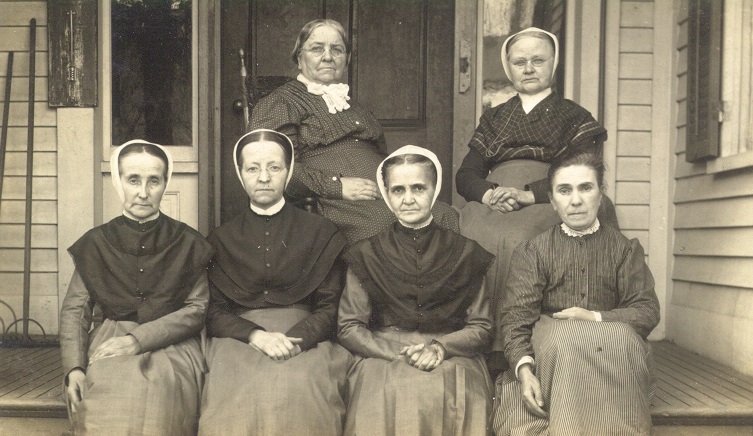

The Establishment of the
First Carpet Mill
Orrin Thompson established the first carpet mill on Freshwater (also known as Asnuntuck) Brook in 1828. The carpet industry quickly grew, as did the village that surrounded it. This village was named Thompsonville after the founder of the carpet industry in Enfield. Economic factors led to a gradual decline in the industry, until the last mill closed in 1971.
Dangerous & Explosive
The Gunpowder Industry
In 1835 Allen Loomis built a small black powder (gunpowder) mill in Powder Hollow in Scitico. In 1836 he and several partners formed Loomis, Denslow and Company. In 1837 Augustus Hazard joined the firm and quickly became the driving force behind the gunpowder industry in Enfield. The village that grew around his industry was named after him. At its peak the Hazard Powder Company covered hundreds of acres and produced tons of black powder each day. After many years of decline, operations ceased on January 14, 1913 when a major explosion destroyed much of the plant.
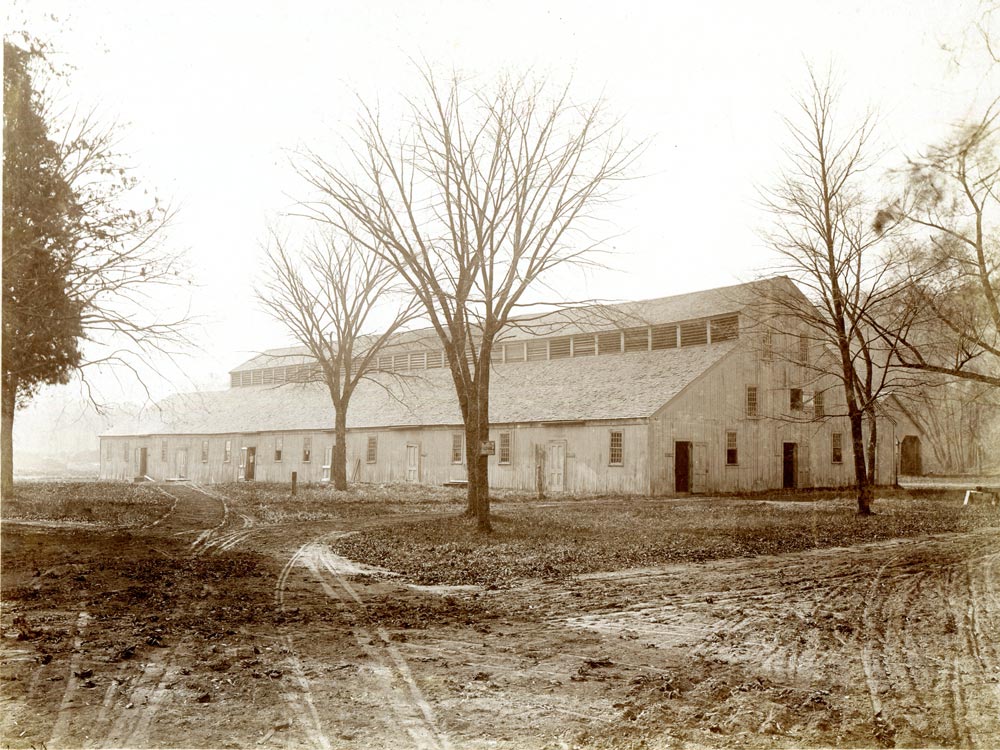
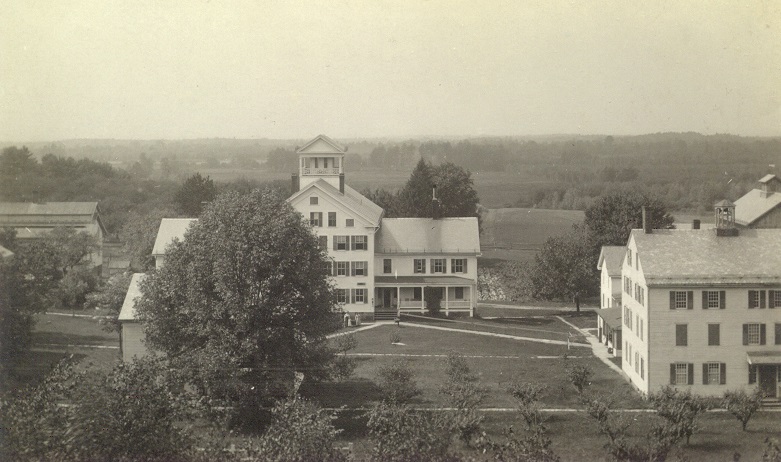
We have not located any written documentation describing how “Enfield” was picked for our town’s name. The law that incorporated the town as Enfield does not give any reason or explanation for the name. Our best guess is that Enfield, Connecticut was named after Enfield, England by the English settlers who founded it.
Edwards delivered Sinners on July 8, 1741 at Enfield’s second Meetinghouse. That building no longer exits, but its location is marked by an engraved stone on Route 5 (Enfield Street), just a few feet south of the intersection with Post Office Road.




